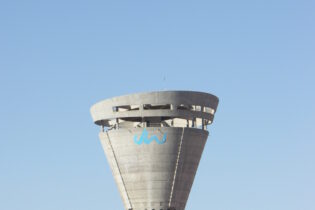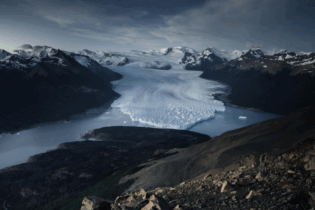Resilience framework
This decision led to a partnership between Tongaat Hulett, Dube TradePort and the eThekwini Municipality. These three bodies said they plan to develop a resilience framework for the northern area of Durban. The key corridor of land identified for this project stretches from the Ohlanga River in the south to the uThongathi River in the north and includes the uMdloti River. It extends inland to the outskirts of Verulam and beyond Tongaat into the Buffels Kloof area. “The project arose out of an acknowledgement that economic development is key if we are to alleviate poverty, which is an imperative at national, provincial and local government level,” Rory Wilkinson, planning director at Tongaat Hulett, said. “In order to achieve this, cities need to grow in a way that optimises land use, infrastructural provision and promotion of investment which will generate inclusive economic development, while managing the pressure urbanisation places on the natural environment through large-scale land transformation.”Preservation of underlying wetland and greenbelts
All parties acknowledged the need for balanced and sustainable development in the region. At the heart of the framework is the effect on degraded wetland habitat in the region, much of which is under sugar cane. All partners said they recognised the need for growth and development to overcome poverty and to provide economic upliftment for the surrounding communities. They added that this development should not come at a cost to the natural environmental assets which need to be preserved, protected and, where possible, enhanced.“The concept of resilience means that business, government and society generally need to move beyond the concept of sustainable development to the ultimate goal of creating environments that are adaptive to change,” Hamish Erskine, CEO of Dube TradePort said. “By building ecosystems that have the capacity to respond to development-induced changes, we will be ensuring that we are creating a lasting impact on the well-being of our people.
“Our partnership in driving this northern development area is one of the cornerstones of this principle,” he added. “Our continued efforts need to be integrated and our strategies need to be aligned in order for us to collectively accomplish this goal across our land holdings, which may prove to be a model for development throughout the region.” “In the case of Durban’s northern corridor, resilience means avoiding impacts on the natural environment wherever possible and seeking synergies that lead to the enhancement of ecological performance wherever possible,” Tongaat Hulett said in a statement. “If this is not possible, then impacts need to be mitigated appropriately. “The development and preservation of greenbelts in the estuarine regions of the three river systems, referred to as “receiving areas” is key to this mitigation and enhanced resilience,” the company added. “These ecosystems play a critical role in water purification, flood attenuation and maintenance of the area’s natural biodiversity, all of which are important in adapting to the likely negative impacts of climate change.”







